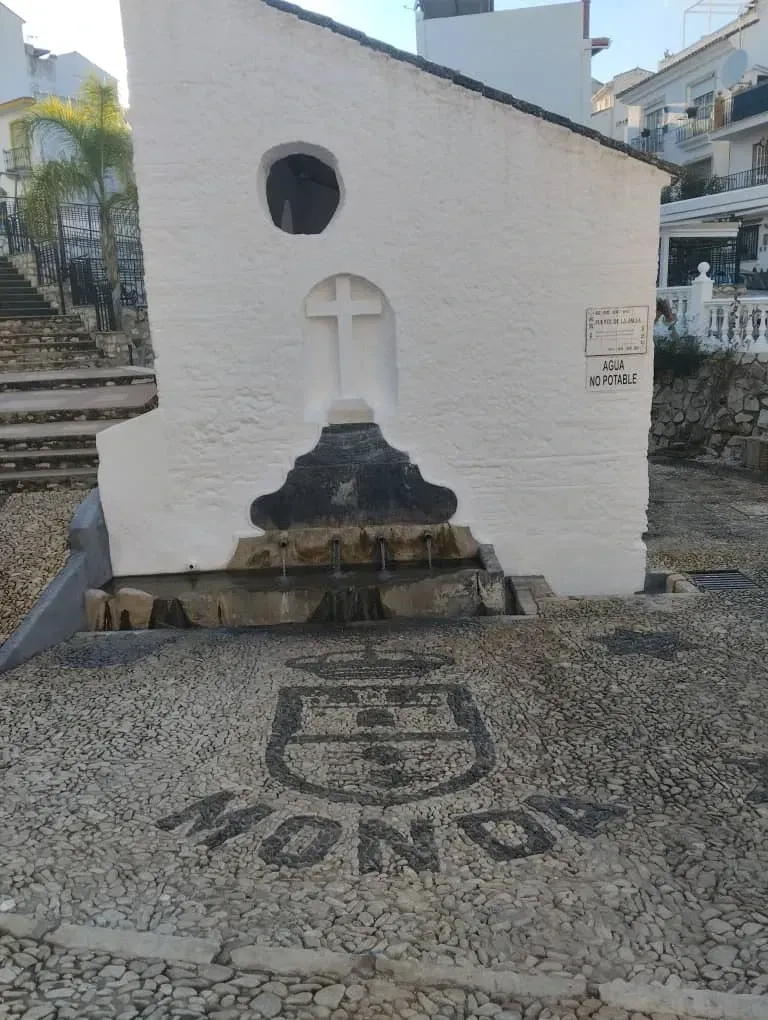
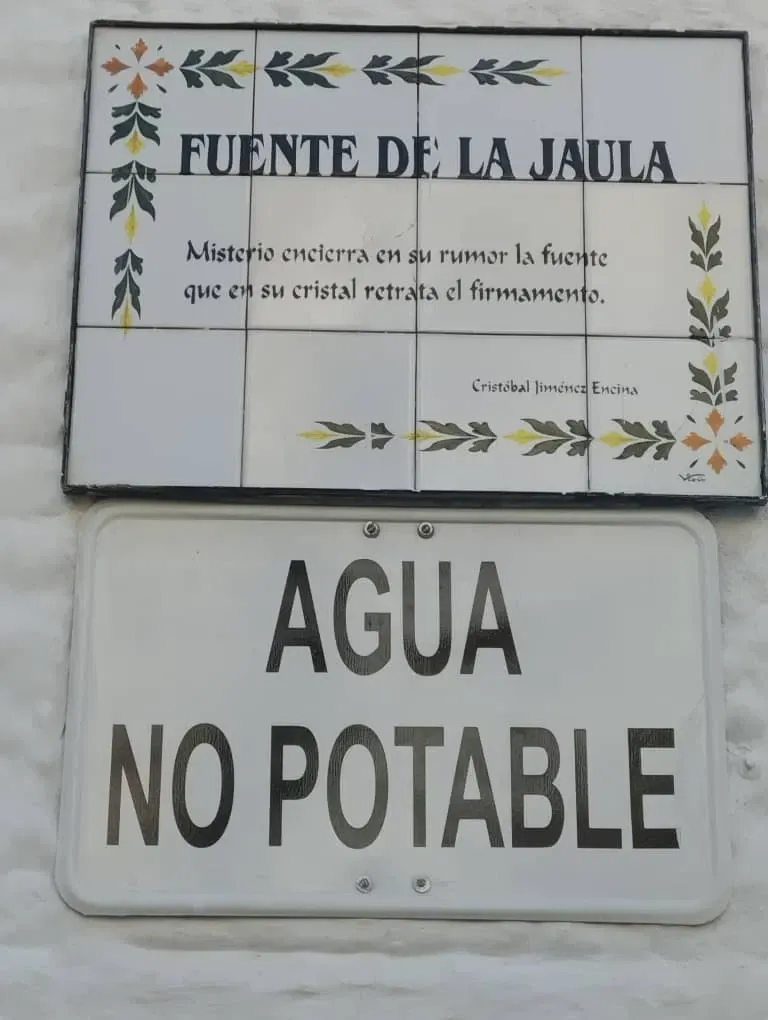
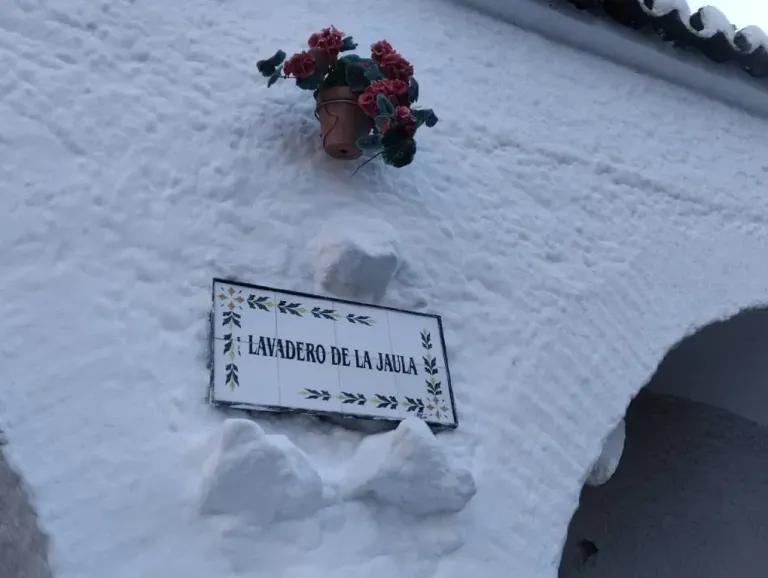
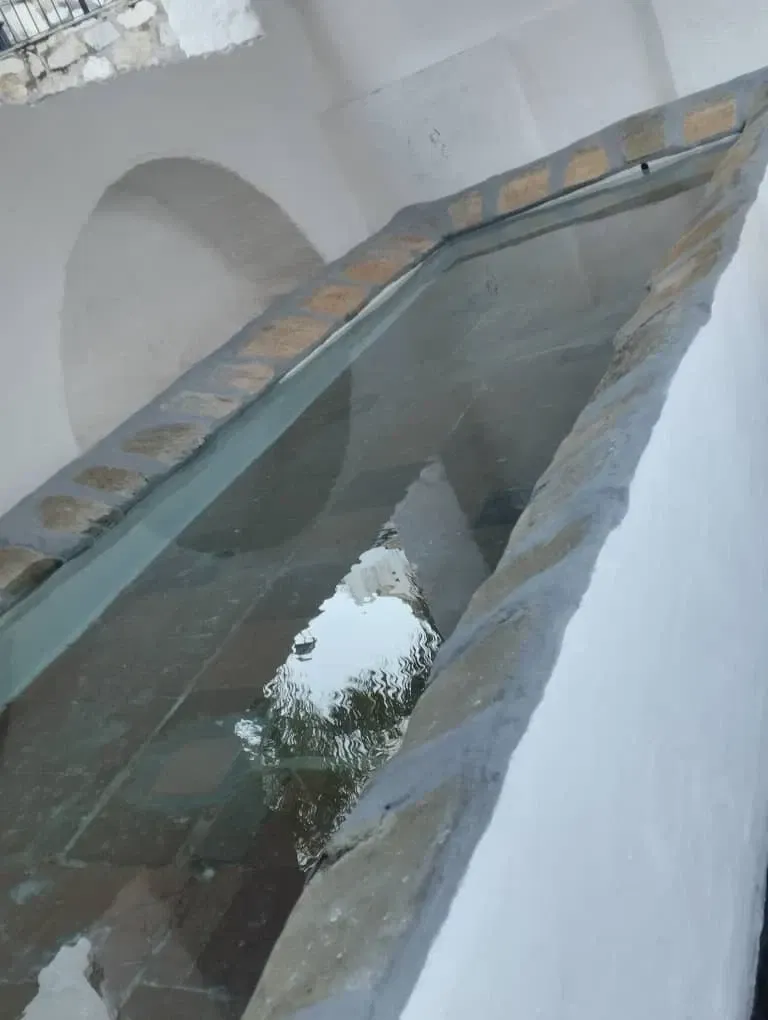
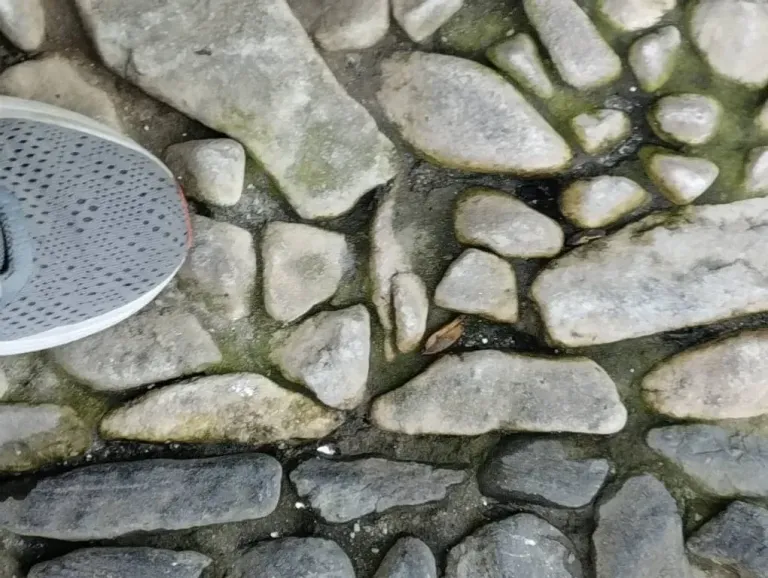

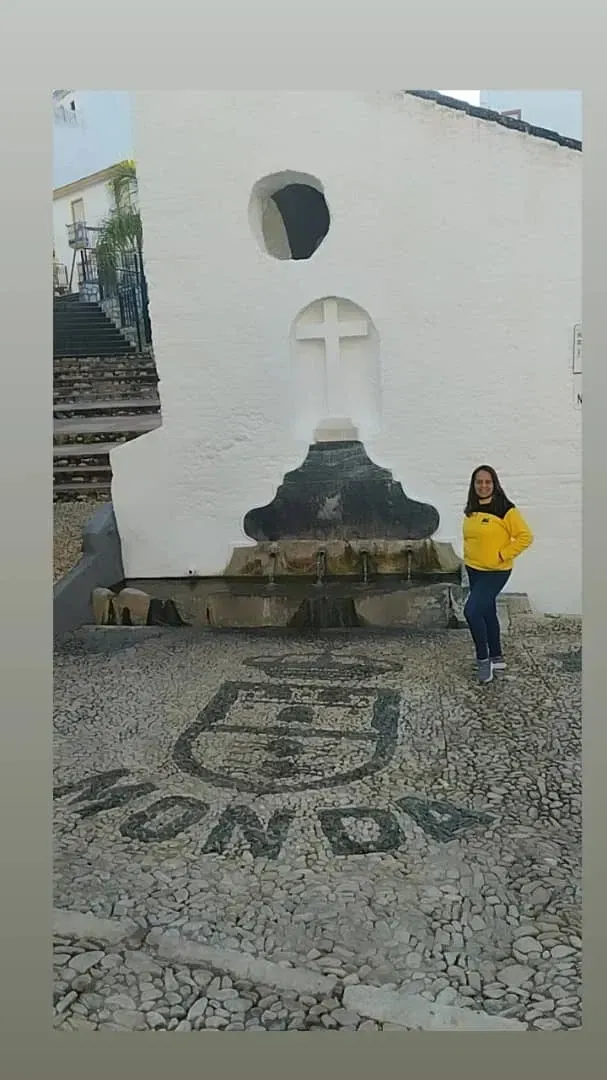
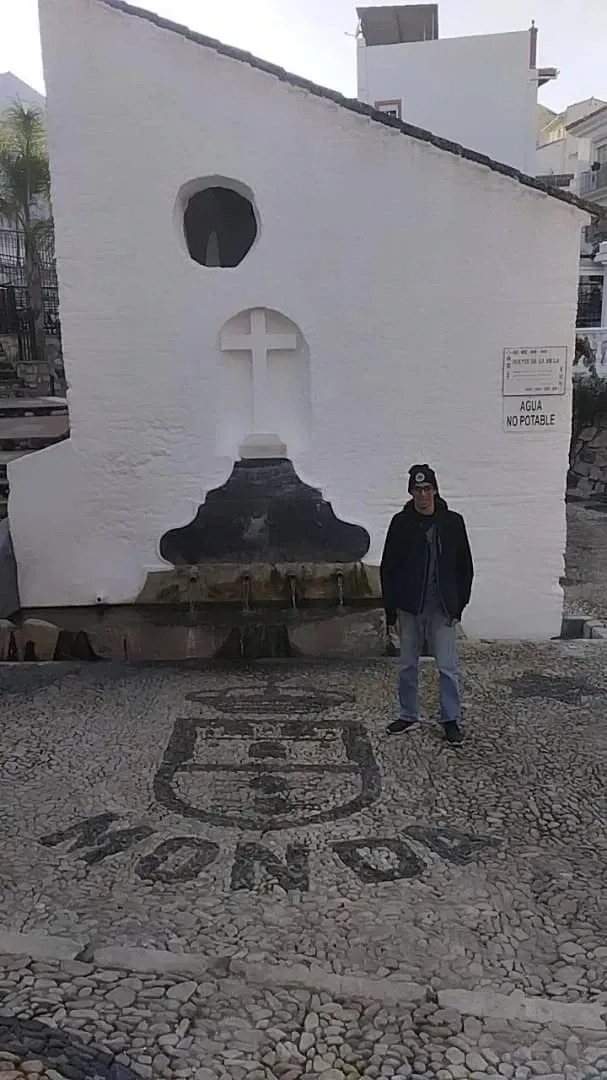
Lavandero de la Jaula Pueblo de Monda.
Hola a todos cerca de mi casa tenemos el lavandero de la Jaula, el agua se ha convertido en un vigilante esencial de las tradiciones en Monda. Es la protagonista en la fuente, abrevadero y lavadero de La Jaula que recibe ese nombre por la palabra árabe al-Haura que significa “las afueras”. El líquido transparente llega del arroyo de La Lucía, hoy embovedado, para alimentar el abrevadero y la fuente que ha servido para el consumo humano. Finalmente, el curso del agua seguirá hasta las huertas de la zona.
En cuanto al lavadero, situado también en la hondonada, es rectangular y cuenta con una pila en su parte central. Además de este lugar emblemático, en la villa de Monda existen otras fuentes donde el líquido puro se hace presente como la de la Villa localizada a los pies del cerro La Villeta.
Sin duda, en La Jaula el curso de la tradición sigue fluyendo cada día.
Estos lavaderos públicos que datan del siglo XVI, se abastecían de agua de una fuente cercana que lleva el mismo nombre y eran dónde las mujeres del pueblo hacían la colada diaria, ya que aún no había infraestructura para canalizar el agua hasta sus casas. Los lavaderos siempre estaban bajo techado, ya que era más utilizados cuando llovía al ser más común que si había un río cercano las mujeres lavasen las ropas en el mismo para posteriormente colgar la ropa a secar al sol en los matorrales próximos.
Seguimos desde aquí conociendo cada rincón del pueblo.
English
Hello everyone, near my house we have the Jaula washerman, water has become an essential guardian of traditions in Monda. It is the protagonist in the fountain, watering hole and laundry of La Jaula, which receives its name from the Arabic word al-Haura which means “the outskirts”. The transparent liquid comes from the La Lucía stream, now vaulted, to feed the watering hole and the fountain that has been used for human consumption. Finally, the water course will continue to the orchards in the area.
As for the laundry room, also located in the ravine, it is rectangular and has a sink in its central part. In addition to this emblematic place, in the town of Monda there are other sources where the pure liquid is present, such as the one in the town located at the foot of La Villeta hill.
Without a doubt, in La Jaula the course of tradition continues to flow every day.
These public washhouses, which date back to the 16th century, were supplied with water from a nearby fountain that bears the same name and were where the women of the town did their daily laundry, since there was still no infrastructure to channel the water to their homes. The laundry rooms were always under a roof, since it was more used when it rained as it was more common that if there was a nearby river, women would wash their clothes in it and then hang the clothes to dry in the sun in the nearby bushes.
We continue from here getting to know every corner of the town.
For the best experience view this post on Liketu